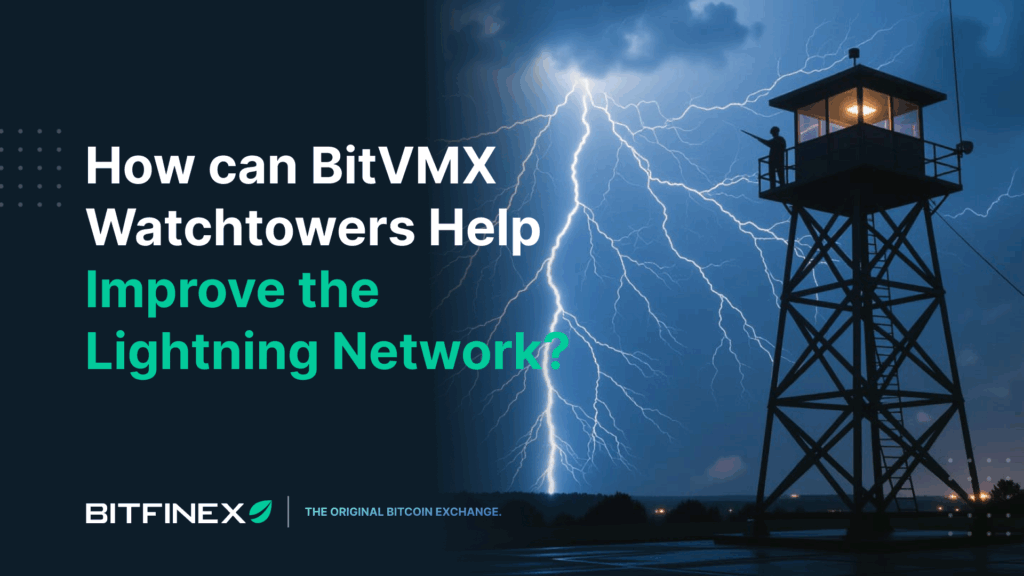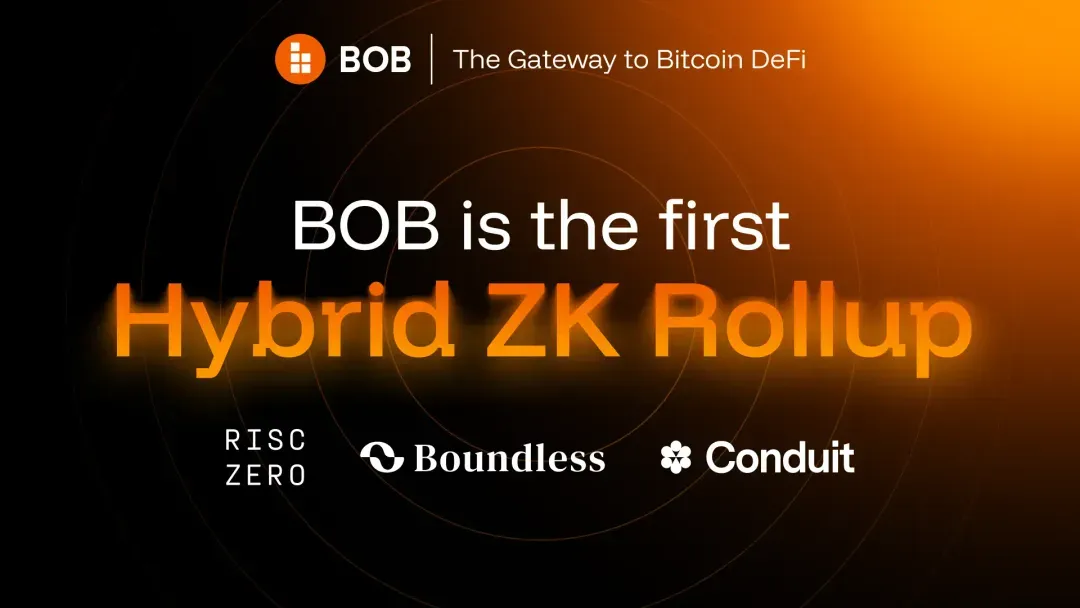Computing on Bitcoin #50
August 01, 2025 - Week 31
Welcome to a new edition of Computing on Bitcoin News.
Each week, we bring you the latest research, protocol developments, and ideas that are shaping what's next for Bitcoin.
We curate the stories that matter keeping you informed and inspired at the frontier.
That’s all for this week’s Computing on Bitcoin News.
Thank you for joining us as we track the latest in Bitcoin research, scaling, and innovation.
We’ll be back next Friday with more updates and insights from the frontier of decentralized technology.
The Fairgate Team








